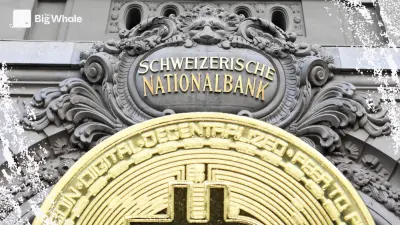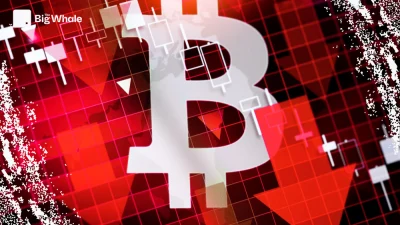Ethereum's Daily ETH Burn Hits Record Low as Gas Fees Decrease
The Ethereum network has experienced a significant decrease in the daily amount of ETH burned, reaching its lowest level this year. This decline is primarily attributed to a drop in average gas fees, which currently hover between 5 and 10 gwei, marking one of the lowest levels seen throughout the year. The decrease in network fees has resulted in fewer ETH being burned, with only 610 ETH burned on Sunday, a record low for this year. In comparison, the daily amount of ETH burned in the first four months of the year remained above 2,500-3,000 ETH. The ongoing decline in gas fees can be attributed to the adoption of Layer 2 scaling solutions and the introduction of blob transactions with the Dencun upgrade in March, which have helped reduce transaction costs on Layer 2s. The dynamics of gas fees and ETH burning are crucial aspects of Ethereum's economic model. While low fees benefit network users, the recent drop in ETH burn impacts the deflationary nature of Ethereum. The London hard fork, also known as EIP-1559, implemented in August 2021, fundamentally changed Ethereum's fee structure by introducing a base fee that is burned and a priority fee that acts as a tip to validators. Higher fees lead to a larger amount of ETH being removed from the supply through burning. However, over the past week, Ethereum's supply has turned inflationary, with a growth rate of 0.49%, according to ultrasound.money. If more ETH is burned than issued, it would become deflationary again.
Sources :
- TheBlock



